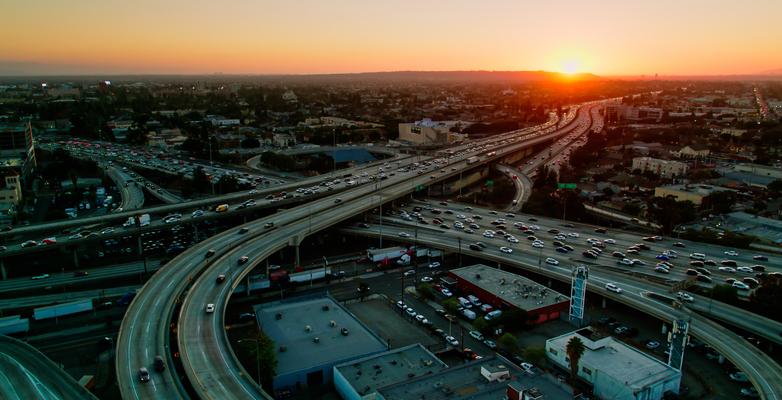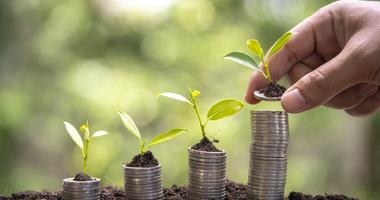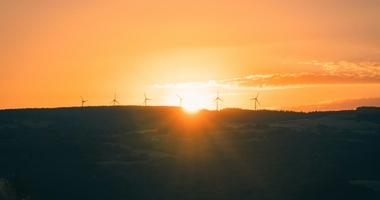
Black History and the Why
Race often supersedes economics as an indicator of who when we note those most impacted by environmental racism.
4 min read
By Jamiah Adams, Diversity and Justice Senior Vice President
We enter the final week of Black History Month during a time in the United States of America where the teaching of history itself is under assault. And so, I choose to honor this month by uplifting stories, leaders, innovators, and African American pioneers who championed diversity and progress. For me, it is integral to my identity as a Black woman and an American – and fully intersects with the role that I hold at The Climate Reality Project, serving as our inaugural diversity and justice senior vice president – and charged in part, with advising the organization on the historical context for equity and building our collective values of diversity, equity, inclusion, and justice into our work.
History and science are inexplicably connected – and it's why we, as climate activists, educators, scientists, and leaders in the United States and Canada recognize Black History Month. For it, the historical record supplies the why behind the data that speaks to the impact of environmental injustice on Black communities in the United States and Canada.
Race often supersedes economics as an indicator of who when we note those most impacted by environmental racism. Four years ago, as the COVID-19 pandemic raged across the world, our founder and chairman, former Vice President Al Gore, said this about the United States:
"Entrenched, systemic racism in our country has led to disproportionate impacts of pollution on communities of color, along with disparities in income, education, health care, and more. The need for climate action is bound together with the struggle for racial equality and liberation."
We can see it clearly in Los Angeles, where I began my organizing career, and where oil drills dot through Black neighborhoods. Thankfully, the city is phasing out these wells as it advances its 2035 emissions reduction goals. But the pattern of systemic racism is still evident in the segregation of LA neighborhoods that remains to this day.
How evident? Well, hundreds of thousands of drivers pass along a historic marker of segregation each day: the Santa Monica Freeway. In the 1940s, the affluent African American neighborhood of Sugar Hill – standing where the freeway is today – was instrumental in striking down the racial covenants barring Black people from owning homes in predominantly white areas. But that history didn't stop the government from using eminent domain to bulldoze hundreds of homes to make way for the new freeway beginning in the 1950s.
This removal of Black neighborhoods is a repetitive story. New York has an even older example in Seneca Village – in 1855, home to 225 residents, two-thirds of whom were Black. Homeownership was incredible in a time when many people of their hue were enslaved in the Southern states. And again, eminent domain was used to seize this land to carve what is now Central Park.
No one understands the deep connection between history and what got us to this moment better than climate and environmental justice activists. It is no accident that racial redlining forced Black communities into geographic areas most susceptible to heat islands, close to extractive industry and more vulnerable to extreme weather.
And yet, we see changes afoot in the mobilization of activists on the front lines of climate and environmental degradation, representing the poor, communities of color, Indigenous nations, and young people – educating themselves and the larger climate community.
The Climate Reality Project is a large part of this movement for change – this movement that recognizes both science and history – and our Climate Reality Leadership Corps reflects that growing diversity. And so, we invite you to join us in New York this April, and tell your friends, family and social media followers too. It's a chance to hear from an intergenerational cadre of subject matter experts who know that we cannot just say communities on the front lines are the most impacted by climate and environmental degradation – we must also explain the why.
Invite a new leader to sign up for the next Climate Reality Leadership Corps training this April 12–14 in New York City. We're looking for the next generation of history makers – including young people from impacted communities in the Northeast or Mid-Atlantic.
Additionally, we offer scholarships to cover folks who wish to participate, but for whom the travel and lodging costs are a barrier.
This is how we cultivate diversity and justice. This is how we win. Happy Black History Month.




